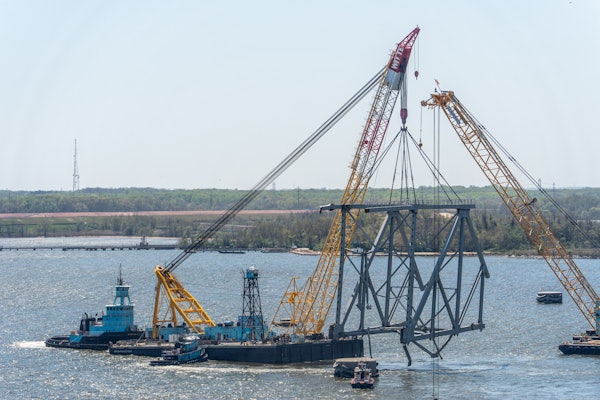In surveys contractors repeatedly cite the shortage of operators as their number one problem. But the reason it’s a problem for some contractors is that they continue to cling to a handful of myths about the situation and its solutions. Let’s look at these myths.
Myth number one: there are not enough workers. With unemployment under five percent, the labor pool is tight. But every time a new auto factory opens, applicants outnumber the openings by at least 20 to 1. Why? Because everybody knows the auto companies offer good pay, benefits, job security and career potential. Conversely, just about everybody outside the construction business thinks our industry is low paying, seasonal and devoid of career potential. It doesn’t matter what reality is. That’s the perception.
Myth number two: Training new workers takes too much time. Yes training takes time, but what’s your alternative? More than 80 percent of the high school shop programs have closed in the last 20 years and community college equipment operator programs are scarce. If unskilled workers are the only ones answering your ads or if you’re disappointed in the quality of work you get out of your less experienced employees, what option do you have other than training?
Myth number three: Kids today don’t have a good work ethic. This may be true, but where are these kids supposed to learn this work ethic? From public schools? Their overstressed, overworked single moms? From Michael Vick or Britney Spears? Consider this the next time you’re facing a job applicant across the desk – you may be the first positive role model this kid has ever seen in his life. This isn’t your fault, but it is reality.
What we face here is not a worker shortage. It’s a leadership shortage.
If you want to solve what you say is your number one problem, the first change you need to make is with yourself. Regardless of how well you think you’re doing, enroll yourself and your top people in leadership training. Great leaders can take ordinary people and get them to achieve extraordinary results. But great leaders are made, not born.
Second: start recruiting and promoting your company as a great place to work. Don’t wait for people to answer ads. Get out to where they go – kids in the 16 to 25 year-old age bracket. You’ll find them at dirt bike races, athletic events and auto-parts stores. Carry business cards and tell people about your company and its opportunities. Third: make training a permanent part of your operation. You may be a great craftsman, but if you don’t teach these skills to those underneath you, you’ll spend too much time fixing their mistakes.
And finally, make your company a great place to work. Develop a career path for everybody. Motivate with benefits, bonuses and encouragement. Be a father figure to those new hires, not a drill sergeant.
Jack Welch, former CEO of General Electric and one of the most successful executives in a generation, says he spent at least 70 percent of his time on people. Like great leaders in every industry, he didn’t get bogged down in micromanaging day-to-day operational details. He knew with the right people, well compensated, motivated and managed, that the details take care of themselves. People were his priority and spent his time accordingly.
How about you? How you spend your time is the most accurate measure of your priorities. Spend it on people and they’ll spend it with you.









